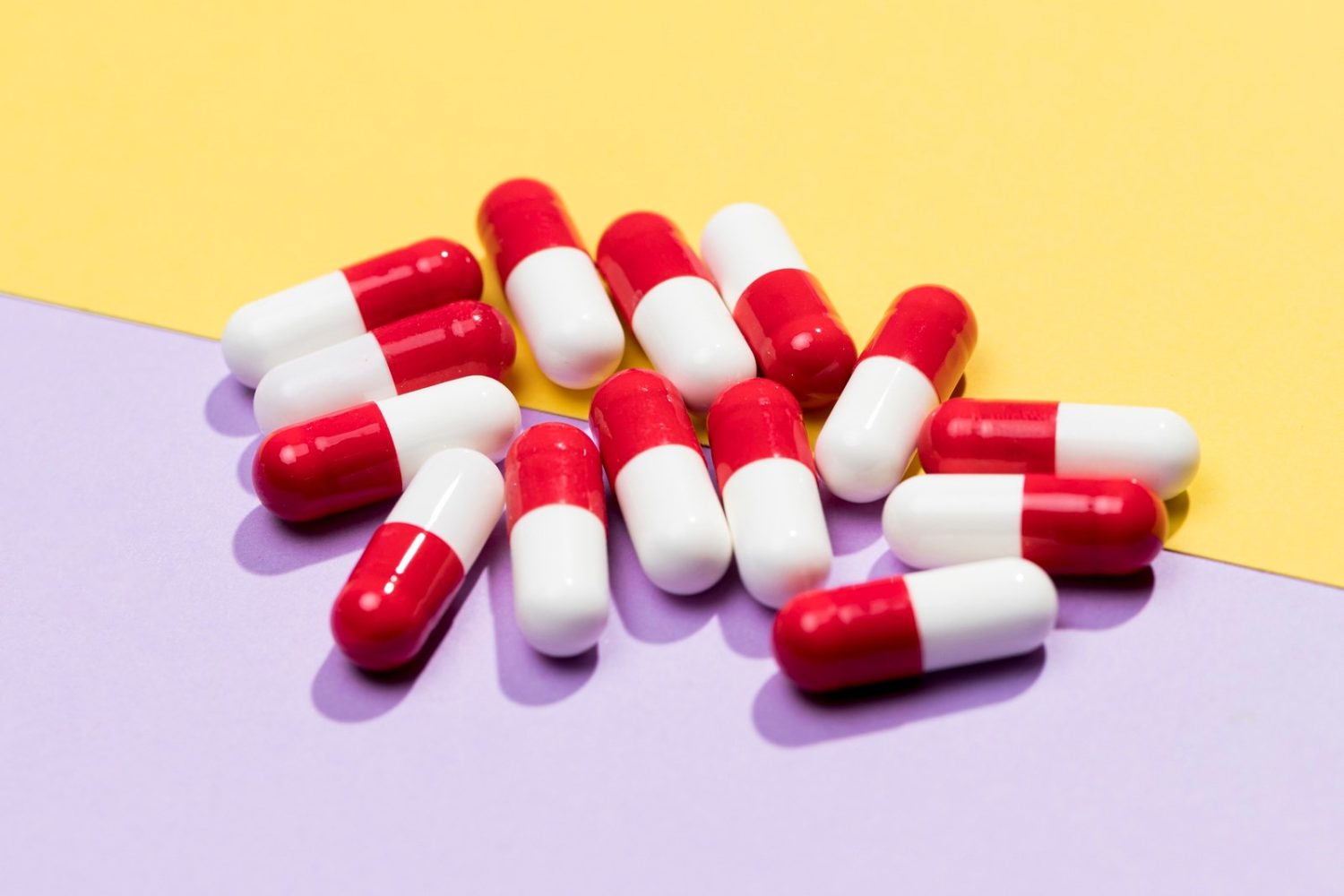
So, you’re getting ready to launch your first capsule product. You’ve nailed the formulation, found the right capsule size, and now comes a step you might not expect—picking the capsule color. Seems simple, right? But the color of a capsule isn’t just about “what looks nice.”
Today, we’ll walk you through everything you need to know about capsule colors—and help you find the right shade to make your product stand out in a crowded market.
Why Capsule Colors Matter More Than You Think
Capsule colors aren’t just picked because they “look nice.” Every shade you see out there usually has a reason behind it.
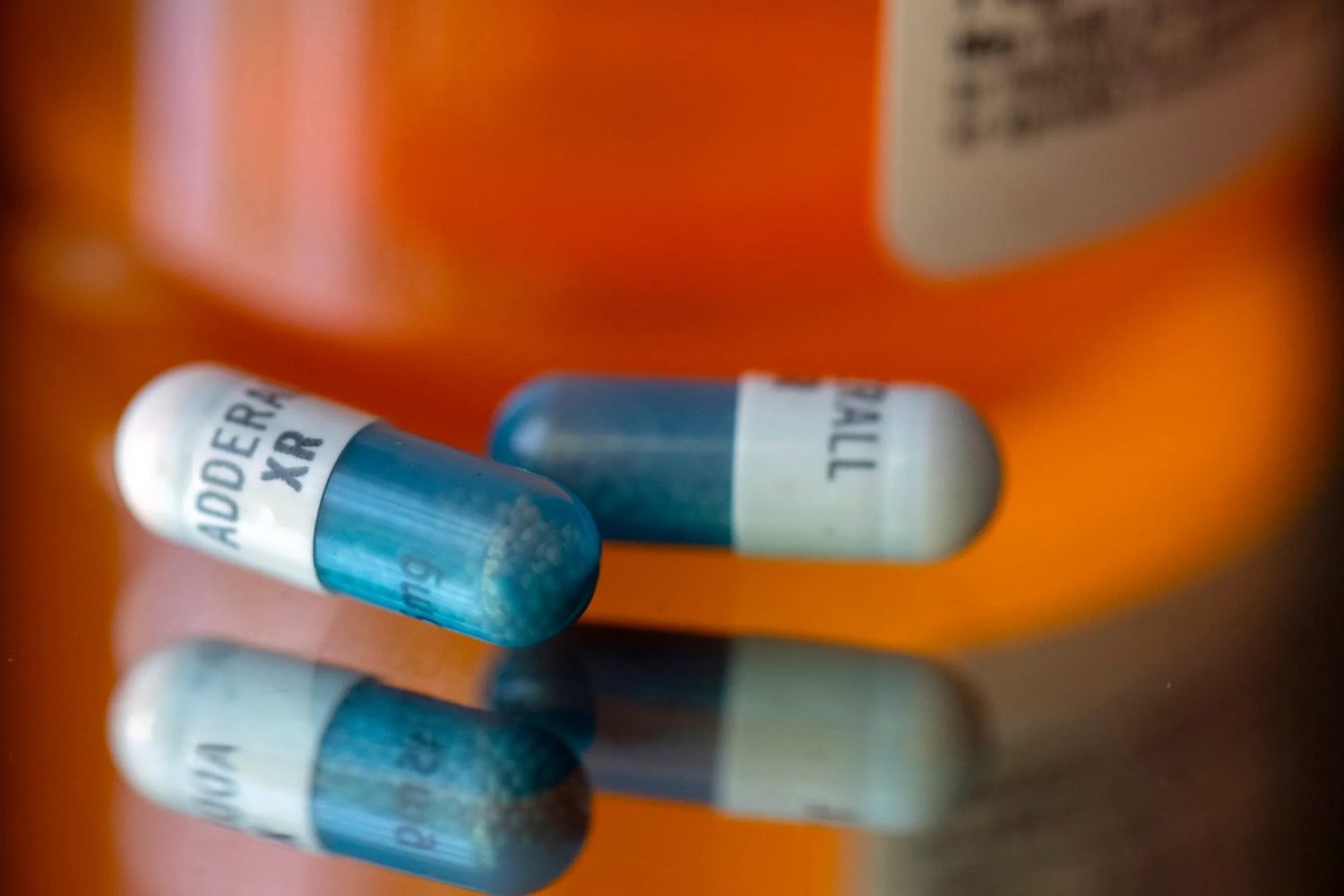
- They turn a capsule into a brand signature. A consistent, unique color can be as recognizable as your logo.
- They stop mix-ups between products. Different colors make it easy to tell one formula from another without reading a label.
- They make the dosage obvious at first glance. Color can act like a code for strength.
- They help build and keep customer trust. Sticking with the same capsule color over the years tells loyal customers nothing has changed.
- They match the promise of what’s inside. Colors can give a feeling before the capsule is even swallowed.
- They protect sensitive ingredients. Some pigments block harmful light and help keep active ingredients potent longer.
- They keep your product market-ready. Following local rules on capsule colors ensures that one brand stays legal without losing its look.
Common Types of Capsule Colors
When you think about capsule colors, it’s not just “pick a color and go.” There are a few common styles you’ll see in the market, each with its own purpose.
| Capsule Type | Description & Uses |
| Transparent Capsules | – Clear shells where you can see everything inside. – Great for showing off pure ingredients. – Common for collagen, herbal blends, or time-release bead formulas. |
| Tinted Transparent Capsules | – Clear shells with a soft wash of color. Fill is still visible. – Green tints pair well with plant-based blends. – Amber tints help shield light-sensitive oils like flaxseed. |
| Opaque Solid Color Capsules | – Completely colored shells, hiding the contents inside. – Block light to protect sensitive ingredients like probiotics. – Cover powders that aren’t visually appealing. |
| Single-Color Capsules | – Same color on both cap and body. Easy to recognize. – Works well for simple, minimalist branding. – Often used for cost-effective supplements. |
| Two-Tone Capsules | – Cap in one color, body in another. Eye-catching and distinct. – Popular for sports supplements like black-and-red pre-workout capsules. – Immune blends may use white-and-orange to suggest vitamin C. |
| Pearlescent or Metallic Capsules | – Shiny, glossy, and premium-looking shells. – Pearly gold is common for anti-aging formulas. – Pearl pink is a go-to color for products that are all about skin and beauty. |
What Are the Capsule Colors Derived From?
Capsule colors come from pigments or dyes that are safe to consume. They’re added during capsule production. Most fall into two main groups: synthetic and natural.
1. Synthetic Colorants
These are lab-made dyes and pigments. They are usually the same colors used in foods and drinks. Capsules end up with bright, consistent colors that don’t fade easily.
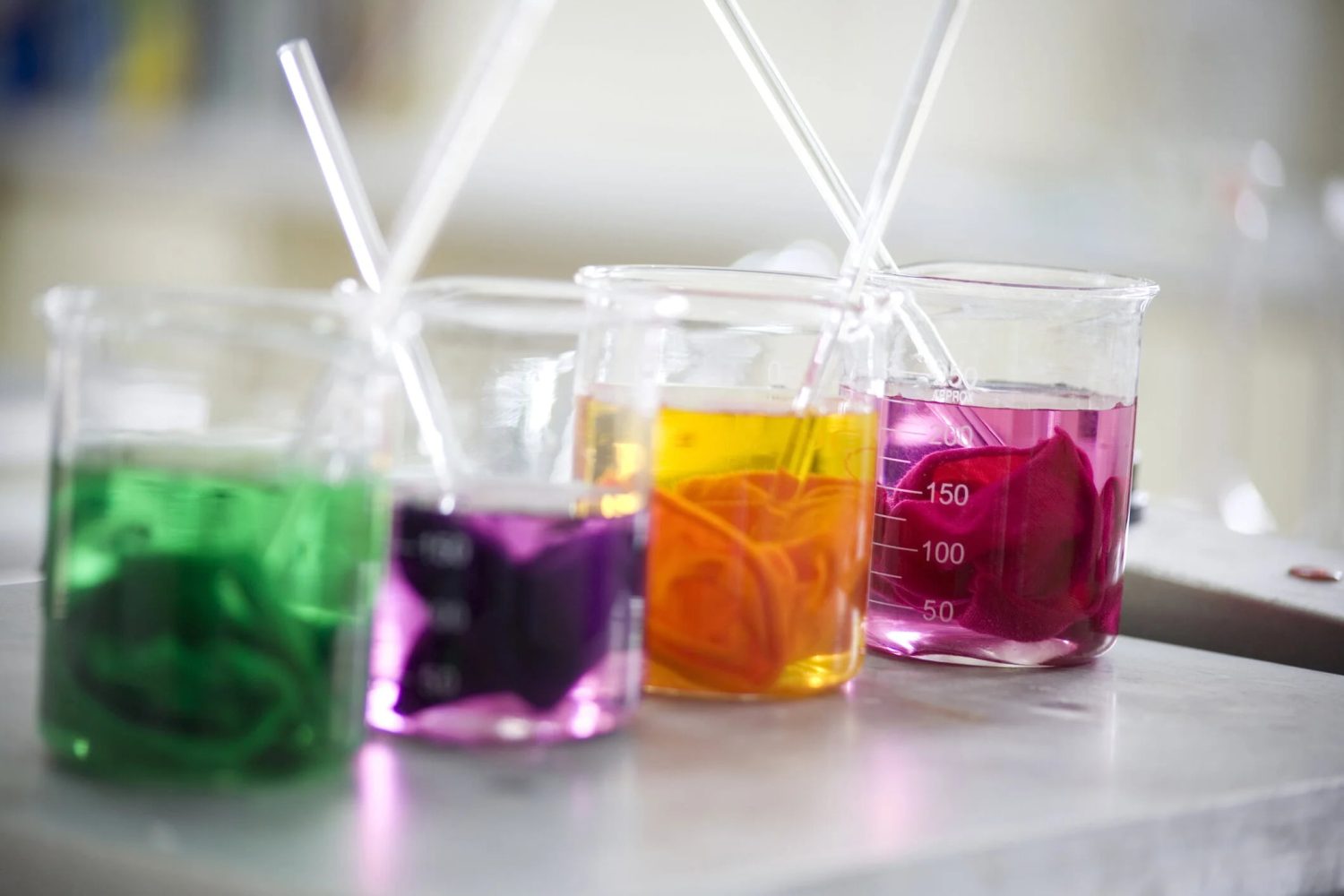
Since they’re made artificially, you can get them in just about any shade you want. Each is easy to match exactly to your brand colors. Synthetic dyes are commonly used in large-scale pharmaceutical products.
EXAMPLES: FD&C Red No.40, FD&C Blue No.1, FD&C Green No.3, and FD&C Yellow No.6 are all certified color additives for use in capsules.
2. Natural Colorants
These come straight from plants, minerals, and a variety of natural ingredients. “Clean-label” and organic capsule products prefer these colors. Compared to synthetic dyes, they’re softer, more earthy tones.
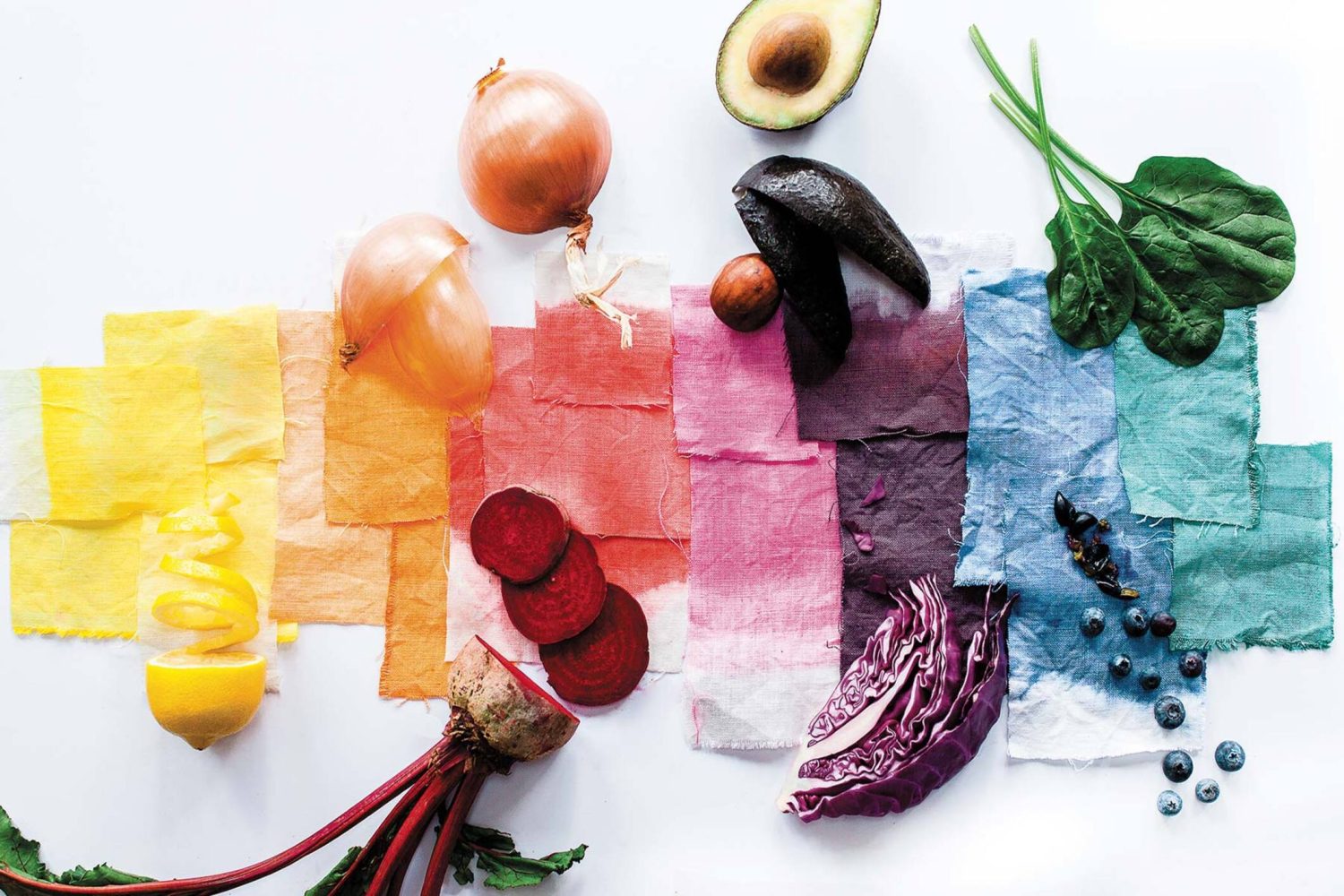
Though limited in color range, these colorants are perfect for natural branding. Downside? They may be less stable under light or heat, so careful storage is important.
EXAMPLES: Curcumin (yellow from turmeric), spirulina extract (green-blue), beetroot powder (red-pink), and annatto (orange).
- A Note on TiO₂-Free Coloring
- Titanium dioxide (TiO₂) used to be common for making capsules white or opaque. Some markets, like the EU, have banned it for food and supplements. TiO₂-free capsules use alternative minerals or plant-based pigments for opacity.
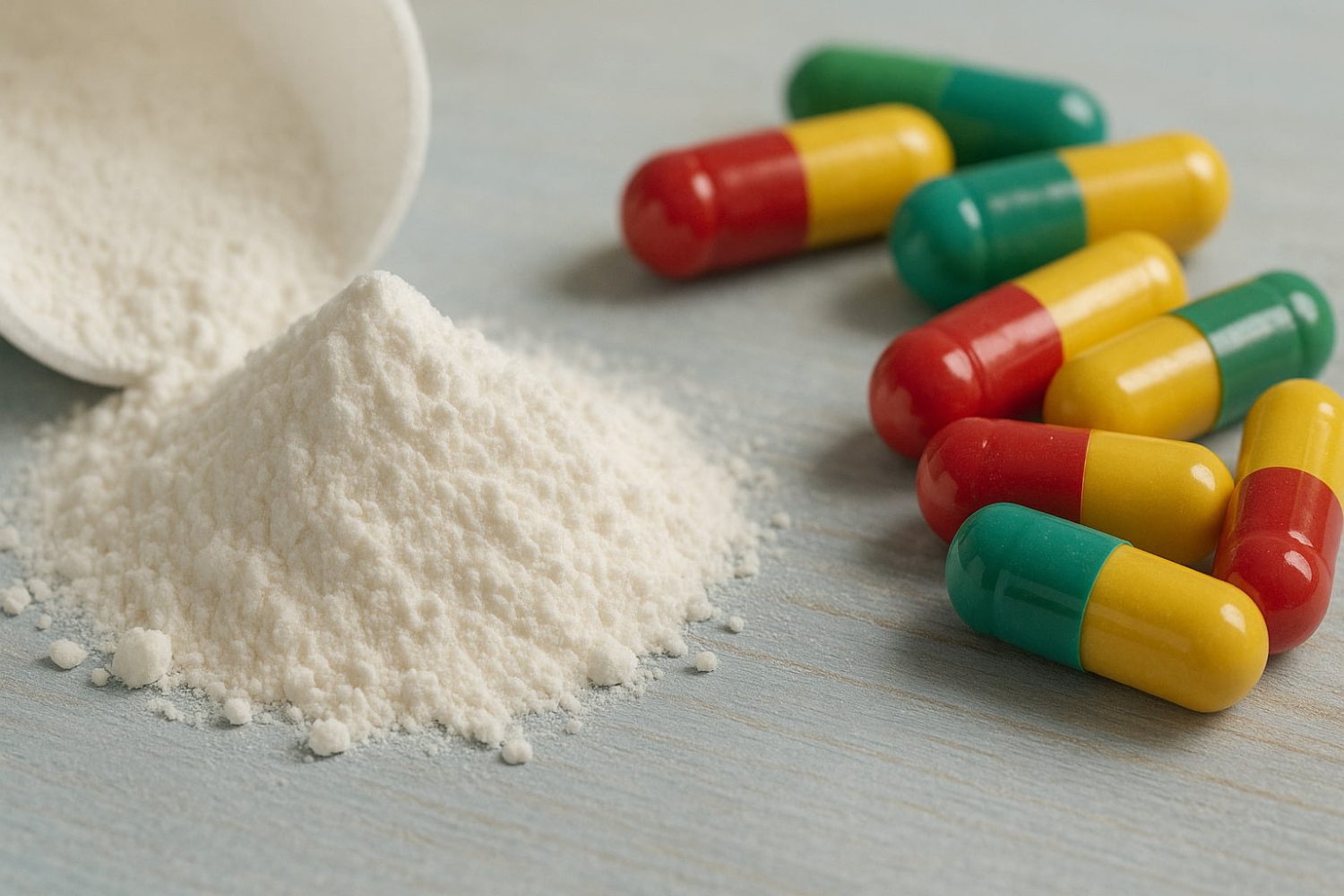
Good news—in August 2025, the European Commission decided the TiO₂ ban wouldn’t cover pharmaceuticals. This is great news if you’re in pharmaceuticals. It means you can still use TiO₂ as an excipient in your products.
Factors to Consider When Choosing Capsule Colors
1. Brand Identity
Pick capsule colors that match your brand’s vibe. If you’re running a wellness brand, bright, lively shades might be a solid choice. For a premium pharmaceutical brand, go for clean tones like white, grey, or navy to build trust.
2. Market Trends
Color can signal the type of product you sell. Plant-based supplements often use green or earthy brown to look “natural.” Beauty products may use pearl pink or gold to give a luxury feel.
3. Ingredient Sensitivity
Light can damage some ingredients. Vitamin D, probiotics, and fish oil are common examples. Dark, opaque capsules like amber, green, or black can block light and help keep them stable. For very sensitive formulas, pair the capsule with a light-blocking bottle.
4. Target Audience
Different customers notice different things. Older adults may like softer colors that are easy to tell apart from other pills. Younger buyers might go for bold colors or two-tone designs. Children’s supplements can be bright and playful, but must meet safety rules.
5. Regulatory Rules
Color rules change from place to place. Some countries ban certain dyes. Check the regulations in all your markets before you launch. Otherwise, you may run into needless costs when you have to reformulate the product later.
How Anxine Can Help with Your Capsule Color Selection
If you don’t know where to start, we’re here to help. At Anxine, we provide a full range of capsule products and solutions. Here, you can find:
Our capsules are:
- Made with pharmaceutical-grade materials – Safe for all your formulations.
- Customizable – Full custom sizes and colors. A wide palette and unique designs are available.
- Globally compliant – We only use pigments and dyes approved for your target markets.
Whether you need a classic single-color look or a bold two-tone design, we make sure your capsules do more than just hold your product. Contact us today for more info!